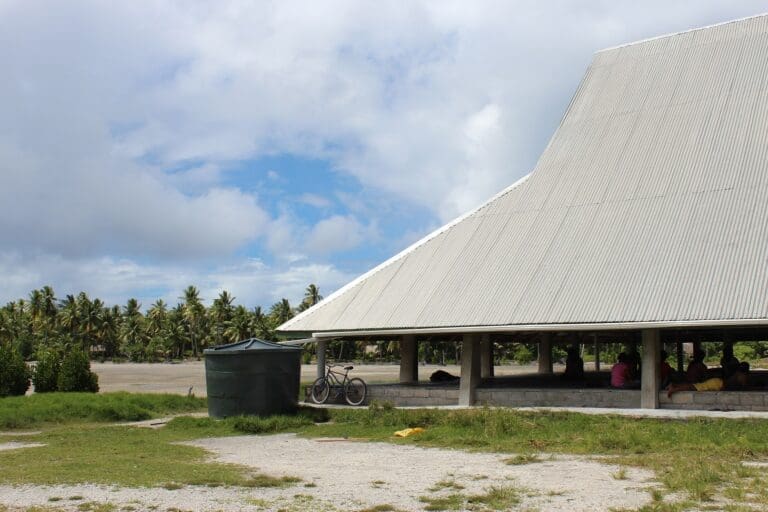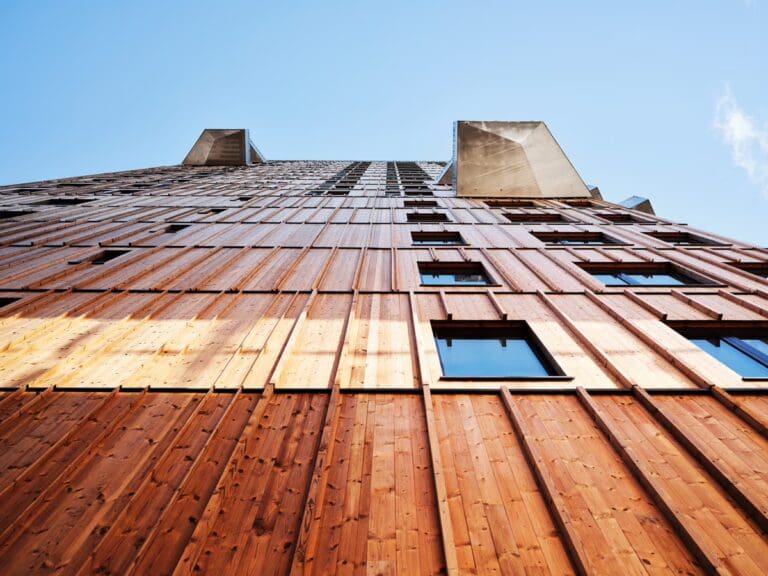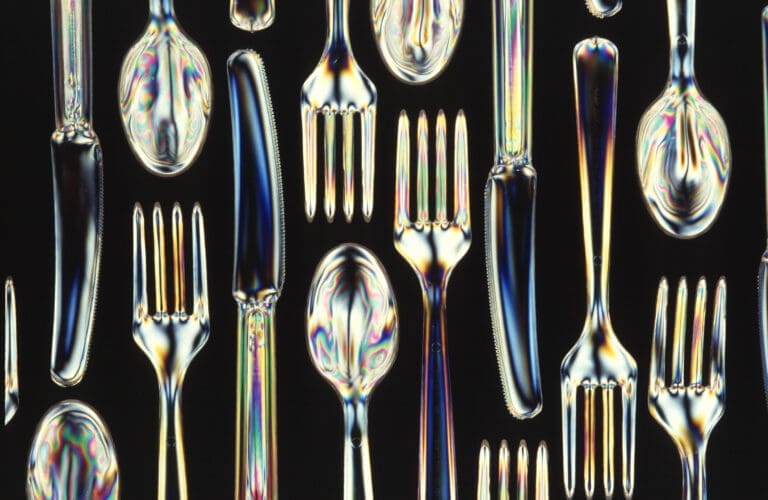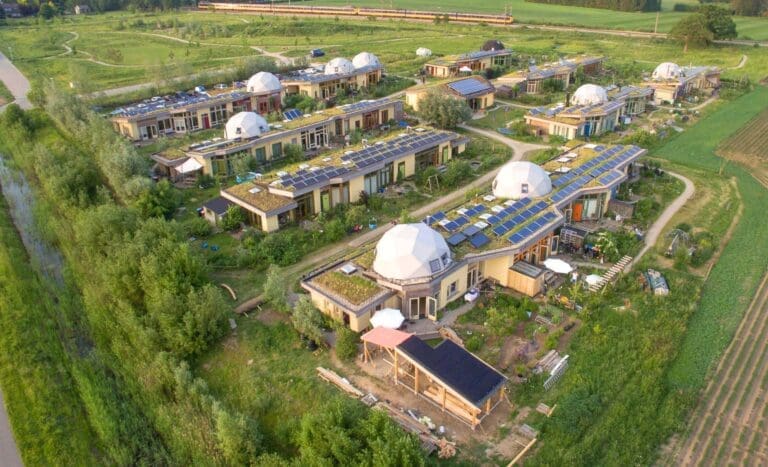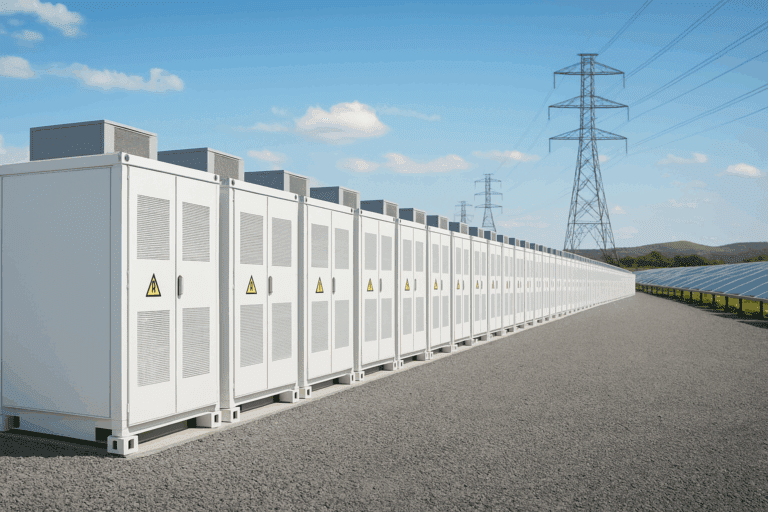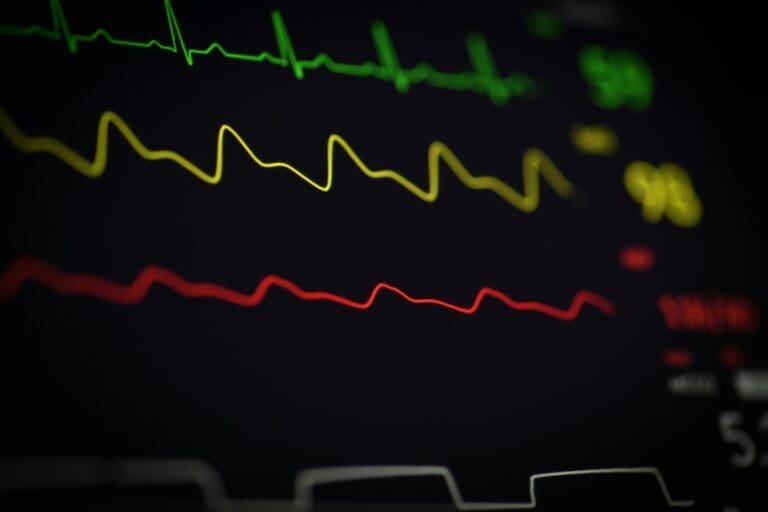Vancouver, Canada, has embarked on an ambitious undertaking to transform itself into a carbon-neutral metropolis. This bold vision encompasses a multifaceted approach that integrates renewable energy sources, sustainable urban planning, and innovative transportation solutions.[1][2]
At the forefront of Vancouver’s sustainability efforts lies the concept of “carbon-neutral districts,” designated areas within the city that are committed to reducing their greenhouse gas emissions to zero. These districts serve as exemplars of sustainable living, promoting energy efficiency, renewable energy adoption, and eco-friendly practices.[1]
One of the key strategies employed by Vancouver is the extensive utilization of renewable energy sources. The city is rapidly expanding its solar energy capacity to generate clean electricity. Additionally, wind turbines are being strategically placed across Vancouver, capturing the energy of the wind to power homes and businesses.
Geothermal energy is another renewable resource being tapped into by Vancouver. By tapping into underground geothermal reservoirs, the city is providing heating and cooling for buildings, reducing the reliance on fossil fuels.
Beyond renewable energy, Vancouver is also actively promoting electric vehicles (EVs) to further reduce transportation emissions. With incentives and infrastructure development, Vancouver is encouraging residents to switch to EVs.
To further minimize emissions, Vancouver has implemented low-emission zones, designated areas where only low- or zero-emission vehicles are permitted. These zones aim to reduce air pollution and promote the adoption of cleaner transportation options.

Public Transport Expansion
In parallel with these initiatives, Vancouver is investing in upgrading its public transportation infrastructure. Expanding and improving public transit options not only reduces reliance on private vehicles but also creates a more efficient and sustainable transportation network.
SkyTrain: Longest Driverless, Automated Rapid Transport System
SkyTrain is the metropolitan rail system serving Vancouver. It was inaugurated in December 1985. Three lines, the Expo, Millennium and Canada line are covering 79.6 km (49.5 mi) of track, connect 53 stations and transport roughly 450,000 passengers per weekday.[3] Note that this rapid transit system is a pioneer in fully automated driverless operations, and with its start in 1985 even the longest in history.[2]

Reversing the Flow: Harnessing Heat from Sewage
In a further testament to its innovation and commitment to sustainability, Vancouver has embarked on a groundbreaking initiative to recover heat from its sewage system. This innovative approach, known as “thermal recovery,” involves capturing the heat generated by treated wastewater and utilizing it to warm nearby buildings.
Through the installation of heat exchangers in the sewage system, Vancouver is capturing the residual heat, preventing its release into the environment. This recovered heat is then utilized for heating purposes, reducing the need for fossil fuel-based heating systems.
This innovative strategy not only reduces emissions but also provides a valuable source of energy for buildings. The heat recovered from sewage can be used to heat water, provide space heating, and even generate electricity.[2]
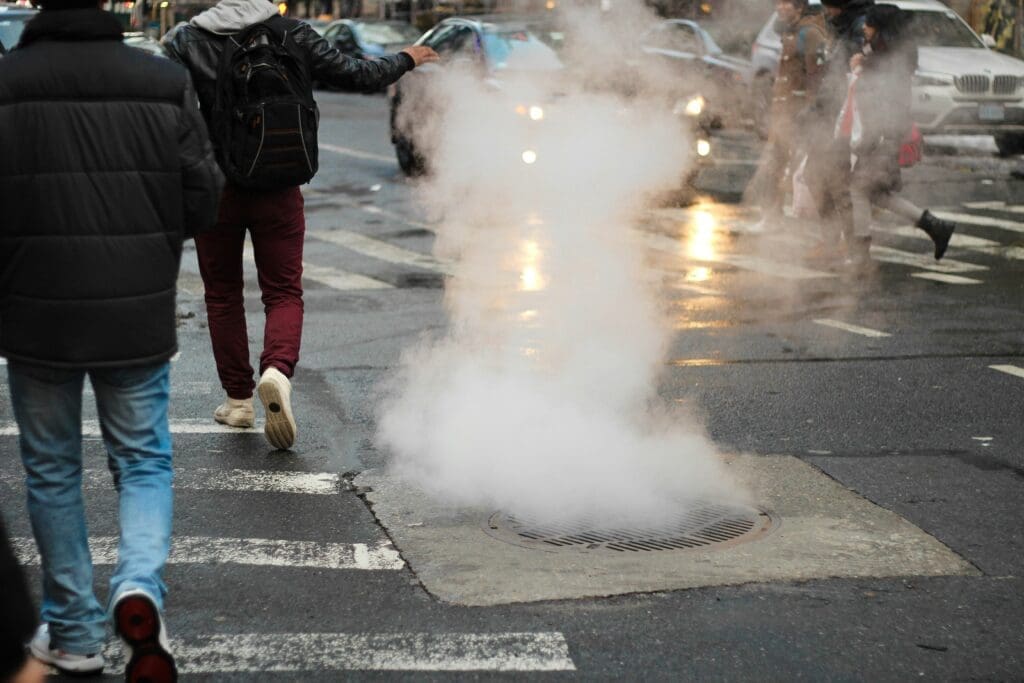
Here are some figures on Vancouver’s thermal recovery program:
- Current capacity: The city currently operates 3.2 megawatts (MW) capacity, based on the recovery of sewage heat[4]
- Target capacity: The city aims to expand its sewage heat recovery program to capture an additional 6.6 MW; installation of the corresponding equipment has started, with a completion date targeted for end of 2024[4]
As Vancouver continues to expand its thermal recovery program, it will play an increasingly important role in the city’s efforts to reduce greenhouse gas emissions and achieve its goal of becoming carbon neutral by 2050.[5]
Sources:
[1] https://vancouver.ca/green-vancouver/greenest-city-action-plan.aspx
[2] https://www.greencitytimes.com/vancouver/#:~:text=Vancouver%20has%20made%20efforts%20to,public%20parks%2C%20and%20streets)
[3] https://en.wikipedia.org/wiki/SkyTrain_(Vancouver)
[4] https://vancouver.ca/home-property-development/sewage-heat-recovery-expansion-project.aspx
[5] https://vancouver.ca/green-vancouver/vancouvers-climate-emergency.aspx



